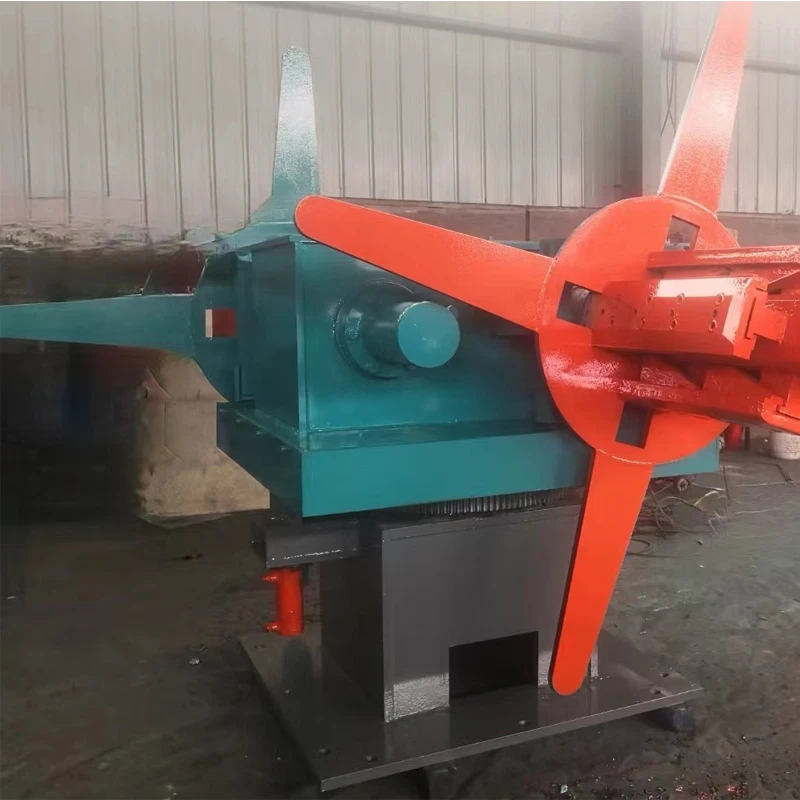Guide to Operating a Rod Straightening Machine for Improved Performance and Efficiency
Understanding Manual Rod Straightening Machines
Manual rod straightening machines play a crucial role in various industrial applications, particularly in metal fabrication and manufacturing. These machines are designed to correct the bends and deformations in rods, ensuring they meet strict specifications for further processing or use in different products. This article explores the features, benefits, and operational guidelines associated with manual rod straightening machines.
What is a Manual Rod Straightening Machine?
A manual rod straightening machine is a mechanical device that utilizes rollers and levers to straighten bent rods or bars. These machines are typically made of durable materials such as heavy-duty steel, enabling them to withstand the high pressures exerted during the straightening process. Operator control is a key feature of manual machines, allowing skilled workers to adjust settings according to the specific requirements of the material being processed.
Key Features
1. Adjustable Rollers The most distinctive feature of these machines is their adjustable rollers. The spacing and pressure applied by these rollers can be customized to suit different rod sizes and shapes, accommodating a wide range of materials and deformations.
2. Robust Construction Made from high-quality materials, manual rod straightening machines are designed to last. Their sturdy construction minimizes maintenance needs, making them a cost-effective solution for manufacturing plants.
3. Operator Control The manual aspect of these machines allows operators to have direct control over the straightening process. They can assess the material and make precise adjustments, resulting in better consistency and quality in the final product.
4. Compact Design Many manual rod straightening machines feature a compact design, making them suitable for facilities with limited space. Their smaller footprint does not compromise their operational capabilities.
5. Versatility These machines can handle various types of rods, including steel, aluminum, and other alloys. This versatility makes them an essential tool in industries such as construction, automotive, and aerospace.
Benefits of Manual Rod Straightening Machines
1. Cost-Effective Compared to automated systems, manual machines are often more affordable to purchase and operate. This cost-effectiveness makes them attractive for smaller businesses or those with lower production volumes.
manual rod straightening machine

2. Improved Quality Control The ability to manually adjust settings enables operators to ensure the rods meet specific tolerances and standards, resulting in higher quality output.
3. Skill Development Operating a manual rod straightening machine allows workers to develop valuable skills in metalworking and machinery operation. This hands-on experience can enhance their overall knowledge and capabilities within the manufacturing process.
4. Reduced Waste By straightening rods to their desired specifications before further machining or fabrication, these machines help minimize material waste. This not only conserves resources but also lowers costs associated with scrap materials.
5. Maintenance and Repair Manual machines typically have simpler mechanical designs compared to their automated counterparts. This simplicity can ease maintenance and repair processes, enabling quicker turnaround times.
Operational Guidelines
To ensure effective operation and longevity of a manual rod straightening machine, certain best practices should be followed
- Regular Maintenance Routine checks should be conducted to ensure that all mechanical parts are functioning correctly. Lubrication of moving parts can help reduce wear over time.
- Training of Operators Skilled operators are crucial for maximizing the potential of manual machines. Comprehensive training programs should be established to equip workers with the necessary knowledge and skills.
- Material Inspection Before processing, operators should inspect rods for any major defects that may limit the effectiveness of the straightening process. Proper assessment can lead to better outcomes.
- Safety Protocols As with all machinery, adhering to safety regulations and guidelines is essential. Operators should be well-versed in safety procedures to prevent accidents and injuries.
Conclusion
Manual rod straightening machines are an invaluable asset in the metalworking industry, providing a balance of efficiency, quality, and cost-effectiveness. Their versatility and simplicity make them a go-to choice for many manufacturers looking to improve their production processes. By understanding their key features, benefits, and operational guidelines, businesses can maximize the potential of these machines and ensure the consistent quality of their metal products.
-
High Frequency Straight Seam Welded Pipe Production Line-BzZhou Xinghua Machinery Equipment Manufacturing Co., LTD.|line pipe steel&welded gas pipeNewsJul.30,2025
-
High Frequency Straight Seam Welded Pipe Production Line-BzZhou Xinghua Machinery Equipment Manufacturing Co., LTD.|High Precision&Automated SolutionsNewsJul.30,2025
-
High Frequency Straight Seam Welded Pipe Production Line - BzZhou Xinghua Machinery Equipment Manufacturing Co., Ltd.NewsJul.30,2025
-
High Frequency Straight Seam Welded Pipe Production Line-BzZhou Xinghua Machinery Equipment Manufacturing Co., LTD.|Precision Welding, High EfficiencyNewsJul.30,2025
-
High Frequency Straight Seam Welded Pipe Production Line|BzZhou Xinghua|Precision Welding&EfficiencyNewsJul.30,2025
-
High Frequency Straight Seam Welded Pipe Production Line - BzZhou Xinghua|Precision Engineering&EfficiencyNewsJul.30,2025


